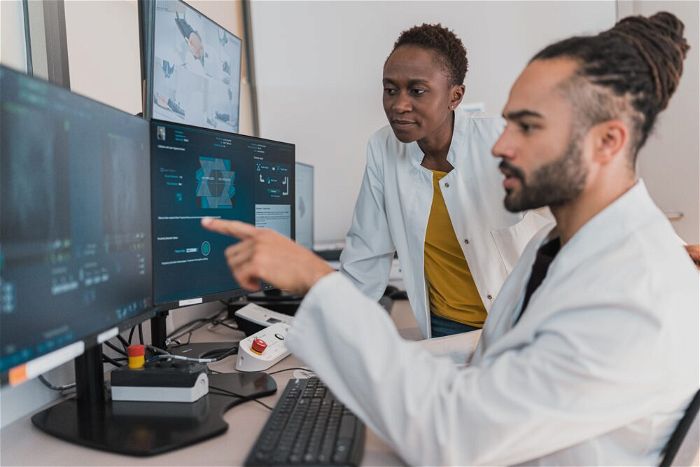
Record Job Loss Heightens Need for Job Centers to Go Virtual
April 6, 2020
At a Glance
The federally funded job center system needs a massive push to get all services online immediately to support the fast-growing ranks of the unemployed.
In normal times, people who find themselves out of work often turn first to the nation’s vast network of American Job Centers for financial and practical assistance. But now, with an unprecedented 10 million Americans filing unemployment claims in just two weeks, the majority of these economic emergency rooms are closed—for the same public health reasons that caused so many to lose their jobs.
Now the federally funded job center system needs to make a massive and immediate pivot. The nearly 2,400 job center locations must start to provide as many of their usual services as possible in online, phone-based, and virtual formats—much like our nation’s largest retailers and grocery chains have reimagined business to enable easier online shopping and home delivery.
It won’t be so easy. Job centers have long been the overwhelmed emergency rooms of a sickened economy. And in these extraordinary times, the thousands of employees who care deeply about their clients don’t have the ability to triage America’s workforce from their kitchen tables.
We need to find new ways to help workers access job search assistance, training, and crucial support services from the safety of their homes.
Fortunately, an innovative group of job centers working with JFF to adapt to the rapidly changing economy started to change course before the COVID-19 pandemic shuttered brick-and-mortar locations. Others are finding creative ways to adjust in the face of crisis. Some of these centers are now examples of prescient leadership in an unparalleled paradigm shift.
We need to find new ways to help workers access job search assistance, training, and crucial support services from the safety of their homes.
Here are a few examples:
- Workforce Southwest Washington and WorkSource Spokane are aggregating immediate employment opportunities on their website and providing virtual hiring events, online workshops, and virtual career coaching.
- Worksystems Inc. in Portland, Oregon, hosts a digital matching platform named Connect2Careers that’s designed to connect people with entry-level careers. Its Crisis Response and Recovery Framework outlines how the organization is shifting to virtual service in the moment to meet the needs of the community.
- The Maui American Job Center in Hawaii has just launched a website offering Maui County residents information about how to file for unemployment or register for job searches from home. This is a true one-stop shop specifically designed to help people with job search tools, provide social service agency information for people in need, and assist struggling businesses impacted by the pandemic.
Each of these organizations is working together to prepare for inevitable change and exploring how to design new strategies and identify new technology to better serve our communities and more clearly measure impact.
Together we have the ingenuity and skills needed to implement groundbreaking, accessible, and sustainable solutions.
What can the entire system do now?
- All job centers should pivot immediately to online delivery, using proven and emerging tools and strategies.
- Congress should provide an influx of resources to jump-start capacity to deliver online supports—and clear outdated requirements currently standing in the way.
- Technology companies and other organizations must be ready to partner with job centers to find new approaches to get training and support to people, through immersive learning and by using assessments in new ways.
Together we have the ingenuity and skills needed to implement groundbreaking, accessible, and sustainable solutions. People in the workforce system want to do better, can do better, and—with adequate collaboration and support—can rise to this challenge.
Related Content

AWAKE
Workforce boards support 15 million Americans each year. JFF provides insights and advice to workforce leaders as they navigate change. The future of work is now, and many workforce boards are aggressively pursuing greater efficiency,…

How Workforce Boards Show the Way Toward the Future of Work
Future-focused workforce leaders excel in today’s rapidly changing world. About Future-Focused Workforce Boards In addition to clarifying the challenges and opportunities facing the workforce development system, AWAKE’s interviews with workforce board leaders revealed a clear…

Workforce Development & Regional Economies
Regional workforce development builds capacity and shapes practices to help more people and communities succeed. Our federal and regional workforce development systems have the potential to promote strong economies and expand access to quality jobs.…
